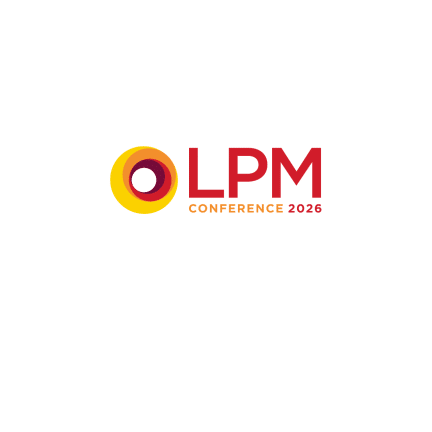
Caught between FOMO and paralysis: how legal innovators can navigate AI in 2025
The firms that achieve real cost savings, free up fee earners’ time, and deliver better client service, won’t be the ones chasing every trend or those pushing the problem to tomorrow. They’ll be the firms who take thoughtful, client-focused steps, guided by real solutions that deliver measurable value every day, writes Avail AI
“So, what tools are you using?” It’s a simple question, but for many legal innovators it lands with weight. Clients want reassurance that their advisers are keeping pace and not falling behind.
Lawyers also want confidence, not just to feel comfortable with legal tech, but to know they’ve chosen the right tools that work with them, not against them.
The problem? Shiny new products are being pushed out faster than flat whites on a Monday morning, backed by slick demos and big marketing budgets, and cutting through the noise isn’t easy. Lawyers want to make smart, future-proof decisions with solutions that actually deliver, and the challenge is knowing what’s truly worth investing in.
The FOMO effect
Few things move legal innovators faster than the fear of being left behind. Competitors announce their latest AI successes, clients ask about innovation strategies, and LinkedIn fills up with bold claims about “revolutionary” tools “changing the way you work”. It can feel like if you’re not adopting something, anything, then you’re already behind.
But rushing often locks firms into expensive contracts with tools that frustrate fee earners and never deliver the promised efficiency. It’s like buying a Peloton in 2020 because everyone else did, only to realise that cycling was never really your thing. The buzz of the new investment feels good at first, but without solving the real problem, the shine wears off and the kit sits underused, delivering little value. On top of wasted spend, frustrated fee earners and performance gains that never materialise, FOMO-driven adoption damages trust in future projects.
There’s also a generational shift to consider, with younger lawyers expecting firms to be forward thinking, providing intuitive tools that solve problems daily. Putting off innovation risks losing clients, but also young talent who will chose to build their careers elsewhere
The paralysis trap: too many choices, too much noise
On the other end of the spectrum sits paralysis. With vendors creating constant noise and thought-leadership articles telling firms what they should be doing, it’s no wonder decision-makers feel overwhelmed.
And when everything feels urgent, choosing nothing can seem like the safest option. But standing still isn’t neutral — while you’re waiting, competitors are experimenting, clients are asking sharper questions, and inefficiencies are quietly draining time and money.
That’s where the real pressure lies, and why doing nothing can feel just as risky as making the wrong move.
The shiny object problem: why the flashiest tool isn’t always the best tool
Have you ever sat through a demo with vendors promising no hallucinations while showing you fancy AI-powered features that seem almost too good to be true?
Shiny tools often overpromise and underdeliver, leaving firms with platforms that don’t solve current problems and even create new ones. The difference between adoption success and failure is whether the tech was built with lawyers’ pain points at its core.
That’s why tools designed for lawyers, by lawyers stick. They’re simple, intuitive, solve day-to-day frustrations, and free up time to focus on what really matters. At Avail, each of our products are built on the realities of practice. Our team speak the same language as our users because, as non-practising real estate lawyers, we’ve lived it ourselves.
Support is also crucial. Even the best tools risk low adoption without the right support. Tailored training, a dedicated customer success team, and products that evolve with client needs, turn tech from a “shiny object” into a trusted solution that does what it promises.
A practical way forward: start small, solve big
So, what’s the antidote to FOMO, paralysis and shiny distractions? Keeping it simple. Start with a clear and measurable main pain point and consider your ideal outcome. At this point you can pilot a solution and expand once you’ve proven ROI.
The most effective firms focus on empowering their lawyers, not overwhelming them. Remember that AI is less about replacing lawyers, and more about assisting them, removing friction so they can do more meaningful work. Decisions made from a place of empowerment, not fear, always lead to better adoption and better outcomes.
Culture plays a big role here too. Success comes not just from tech, but from how well firms and vendors collaborate. At Avail, we see ourselves as partners, not providers. As a team of former real estate lawyers, we “speak lawyer” fluently, and adoption succeeds because it’s built on trust, empathy and shared understanding.
Choosing thoughtfully, not fearfully
At the end of the day, lawyers want reassurance that the tech they adopt is worth the time, money, and change. And that’s why the majority of the UK’s top 100 law firms choose Avail.
In 2025 and beyond, the firms that achieve real cost savings, free up fee earners’ time, and deliver better client service, won’t be the ones chasing every trend, or those pushing the problem to tomorrow. They’ll be the firms who take thoughtful, client-focused steps, guided by real solutions that deliver measurable value every day.




